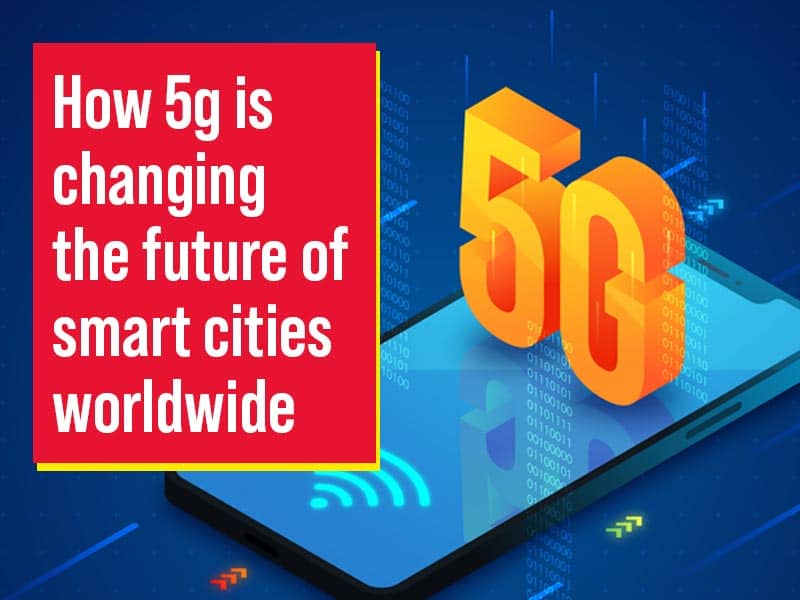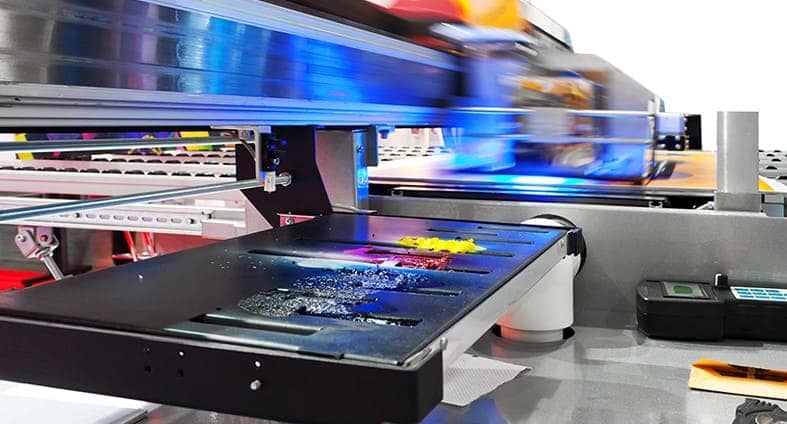
Ever since the 5G network was built, we’ve heard about how it will revolutionize smart cities. The expansion of 5G technology is undoubtedly one of the foundations of smart city development. Cities around the world use technology to improve the economy, environment, and social elements of urban life. A smart city uses technology to improve the lives of its people while improving communication between residents and employees. ISPs have made it easier by offering affordable plans such as television and internet contracts. According to statistics, the international market for smart urban services will reach $ 2.57 trillion by 2025!
Understanding Smart Cities
As defined by the European Commission, a smart city is a place that makes traditional networks and services more efficient with technology for the benefit of its citizens and businesses. To transform a city into a smart city, it is necessary to develop new technologies that will contribute to sustainable urban development and improve the quality of life of residents. Smart cities use IoT to collect real-time data to understand changing demand patterns and respond with efficient and cost-effective solutions. Urban ecosystems are typically built on ICT infrastructure that connects various dedicated networks of home appliances, portable devices, communication gateways, sensors, smart cards, and data centers.
The Evolution of Smart Cities
Smart cities are not just a dream, many of them are already up and running rapidly thanks to IoT solutions.
The smart city is the basis for the development, implementation, and promotion of sustainable strategies to solve the new challenges of urbanization. This is largely due to information and communication technologies (ICT). ICT enables a network of connected objects and devices (also known as a digital city) to transmit data using wireless technologies. Real-time data is collected, analyzed, and managed by IoT cloud applications to help municipalities, businesses, and individuals make better decisions and improve their quality of life. Residents of smart cities interact with ecosystems in a variety of ways, including through smartphones, other mobile devices, and connected cars.
How 5G Expected to Impact Smart Cities?
5G is best seen as a convenience. This technology is expected to provide the connectivity needed to transform and analyze large amounts of data in smart cities. As a result, 5G deployment will help companies and governments realize the potential of the Internet of Things. According to IDC, there will be more than 41 billion connected IoT devices in the world by 2025. In the world of the Internet of Things, fast and reliable mobile connectivity can create new opportunities and create smarter cities or improve existing ones.
A smart city is an urban area that uses technology, data and sensors. Real-time data transmission via 5G networks will help save money, reduce carbon emissions, fight crime and improve the daily lives of citizens.
For example, with 5G, smart cities will be able to make better decisions on how to direct traffic and demand improvements to roads and parking. Let’s take a look at some of the 5G applications in smart cities.
Safer Environment for Residents
Smart cities are using 5G not only to overcome transportation and infrastructure problems but also to improve the safety of their citizens. Smart cities can develop strategies to achieve a variety of goals, such as earthquake warning, flood recovery, damage assessment, and data modeling for homelessness. Similarly, smart cities using 5G could create an alarm system that alerts pedestrians with a smartphone when a dangerous or suspicious vehicle approaches. Intelligent software can be used in conjunction with security cameras to pinpoint the source of the footage and quickly capture criminals. In other words, the next-generation network will help make smart cities safer with speed and accuracy.
Greener Environment
Commitment to energy saving and pollution reduction is a key pillar of any smart city. As 5G becomes widely available, cities and their green projects will see more green technology adoption. 5G will enable smart cities and smart buildings to achieve zero emissions, reduce energy consumption, and cleaner air through real-time information exchange.
Wireless communications are needed to control the level of industrial tanks and chemical emissions, without which environmental technologies would not be possible. Solar cells, precision agriculture, and other green technologies will definitely benefit from 5G control and automation.
A Shining Example of Smart City
The smart city of Amsterdam is a good example of a smart city that has taken advantage of an open data warehouse. Since its inception in 2009, this smart city initiative has grown to more than 170 initiatives. It provides traffic and transportation data to enthusiasts, such as developers, to create mapping applications connected to urban transportation systems to facilitate urban navigation.
Traditionally, municipal officials and urban planners have collaborated with the private sector to develop policies to solve urban problems. One of the significant advantages of smart cities is that information and communication technologies such as forecasting algorithms, big data and the Internet of Things are now being used to solve problems. Local government, transport infrastructure and the environment – all in the smart city of Amsterdam contribute to a more sustainable and livable area.
What to Expect in the Future?
As with everything else, during the COVID-19 pandemic, smart cities are under more pressure than ever. Many new technologies help contain the virus, and 5G is one of those important tools. While the deployment of 5G is still in its infancy, smart cities are already seeing examples of early use in sectors such as smart transportation and healthcare, and there are many other applications.Many of the first 5G smart city services are already utilizing the high bandwidth and low latency of 5G. It’s worth noting that just 5G networks aren’t enough to change a city. Councils, public bodies, businesses, private companies, researchers and citizens must continue to work together to develop strategies to create smart cities. There is so much to be inspired by.
Related Posts

Top 10 Best Free Music Streaming Apps for iOS andadmin . February 2, 2023

7 Best Webcams for A Laptop for Online Classes inadmin . March 9, 2023

How Do Color Printers Workadmin . November 2, 2023

The best improvements to WhatsApp in 2023: 10 new featuresadmin . October 12, 2023

Best Headphones for Kids: Comfort, Safety, and Durabilityadmin . March 20, 2023

Choosing the Best Color Printer for Home Use 2024admin . December 6, 2023

Everything You Need to Know About ChatGPTadmin . March 9, 2023

Apple iPhone 15 Pro: Everything we know about the 15admin . March 9, 2023

Top-Rated Best Mobile Chargers In India For 2023admin . February 28, 2023
Latest Posts

Exploring the Best Cash Advance Apps of 2024 April 8, 2024

Top 34 Passive Income Ideas in 2024 March 19, 2024

Top 10 Penny Stocks to Buy Canada 2024 February 23, 2024

Best Canadian Artificial intelligence stocks under $1 2024 February 23, 2024

Top Artificial Intelligence Stocks Canada 2024 February 20, 2024

